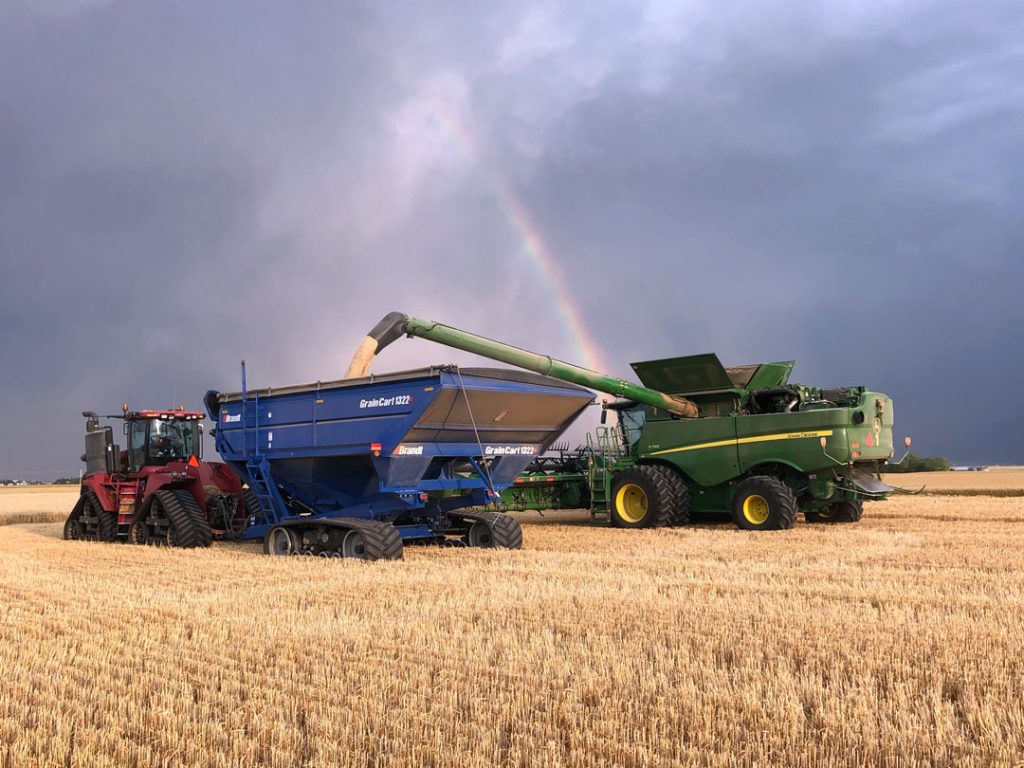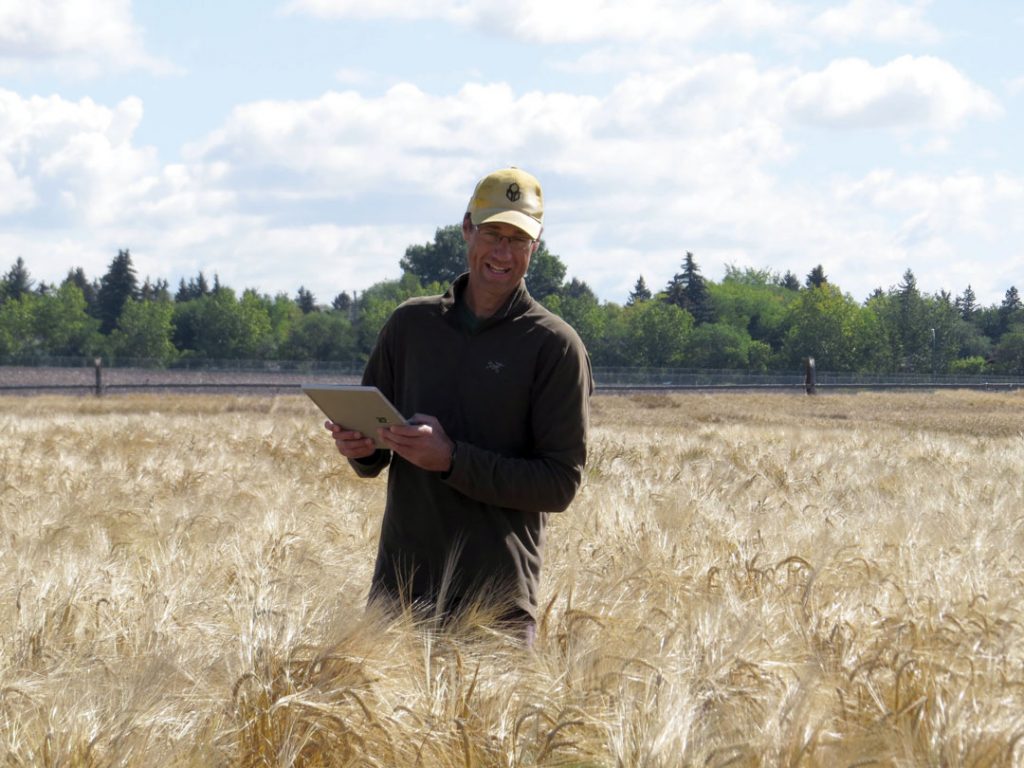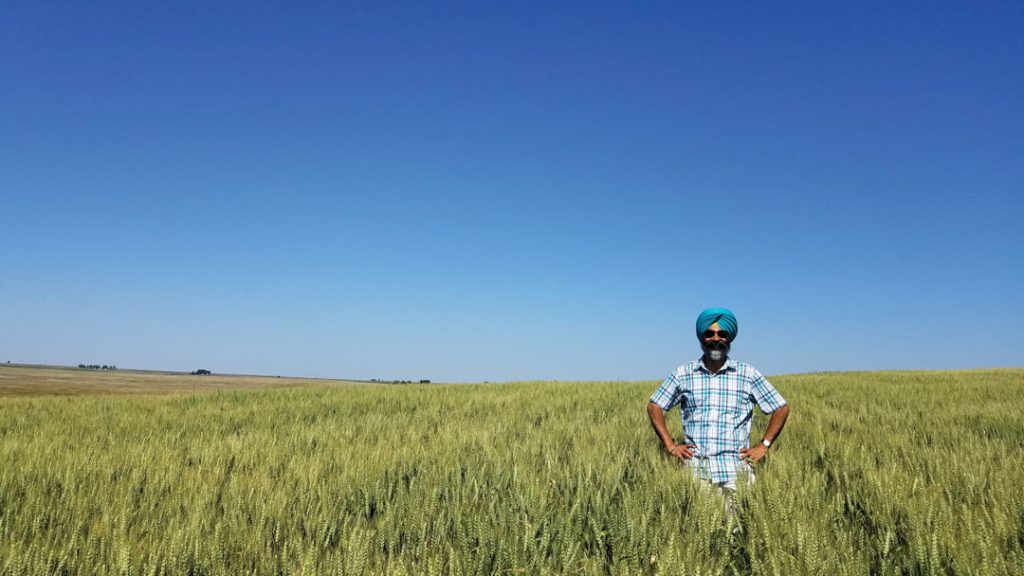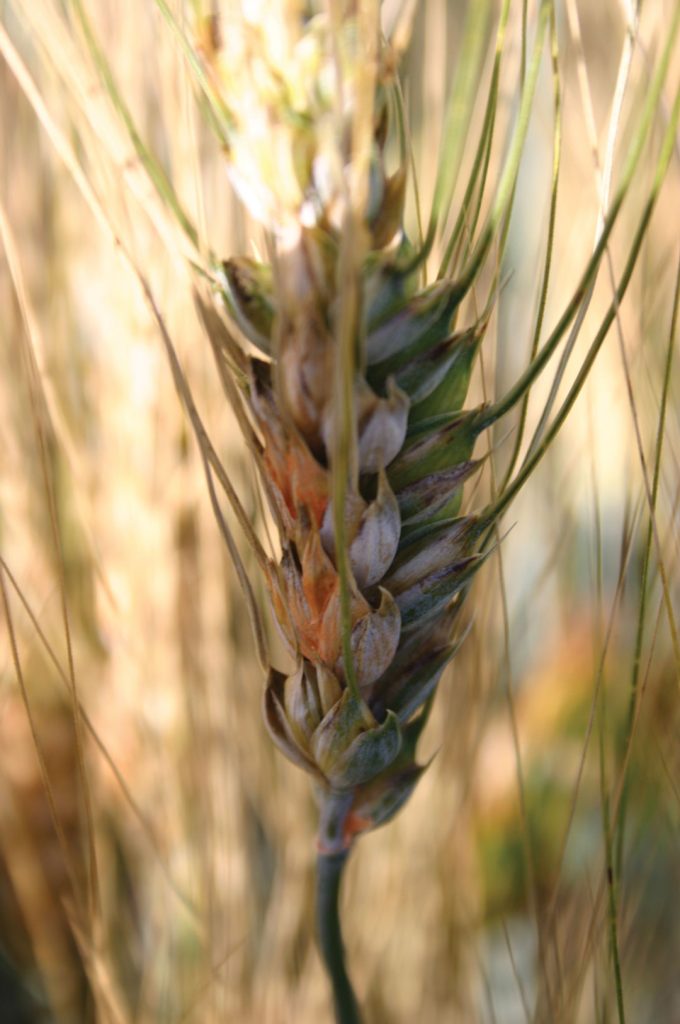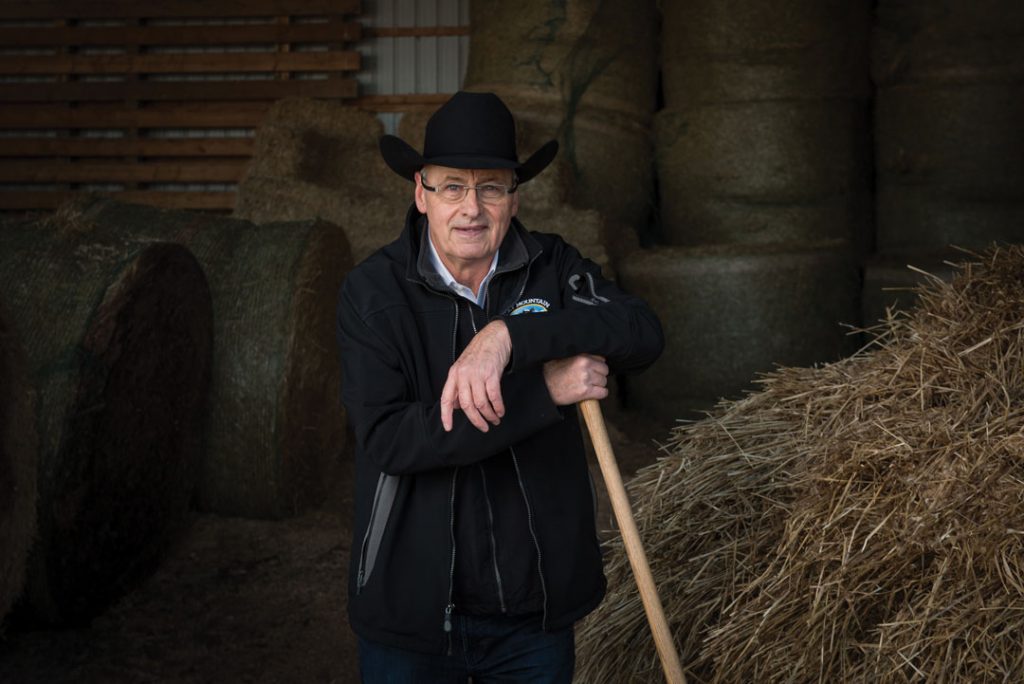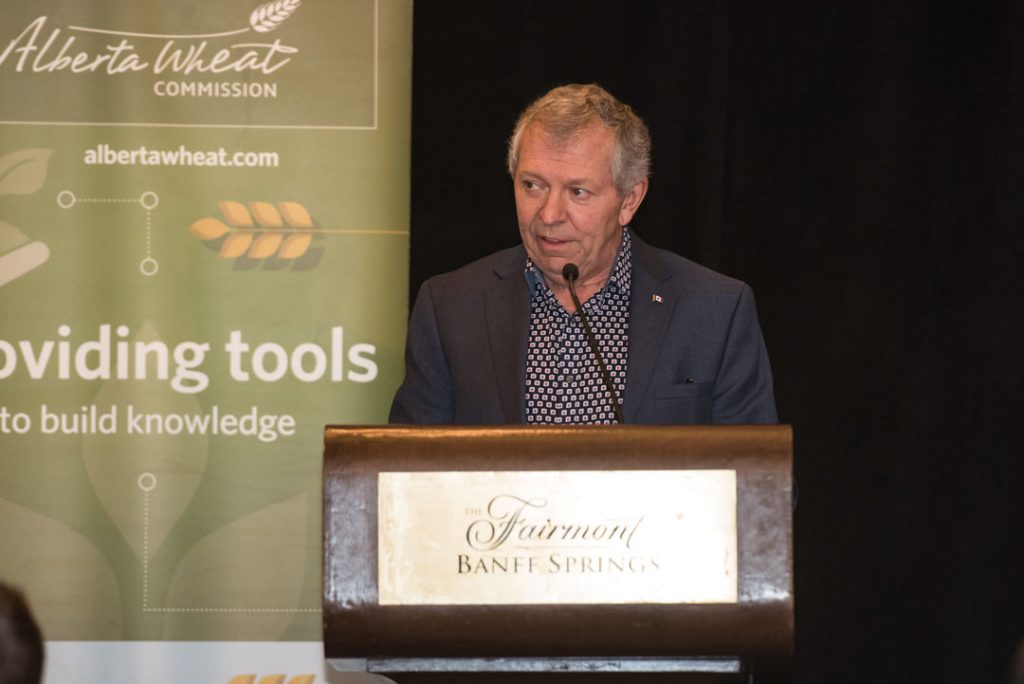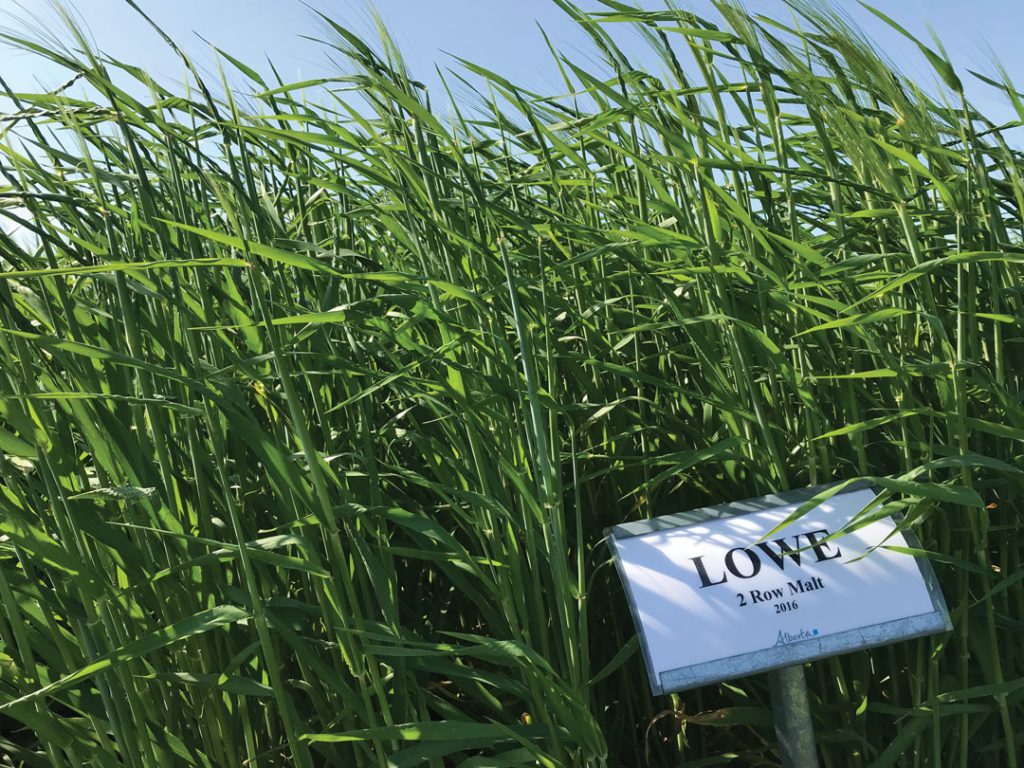MIXED SIGNALS
The Pest Management Regulatory Agency (PMRA) is looking at changes to tank-mix policy. These adjustments could make many tank-mixes illegal. This is a concern for farmers and industry groups as the issue reflects policy conflicts and not the correction of potentially unsafe application practices.





